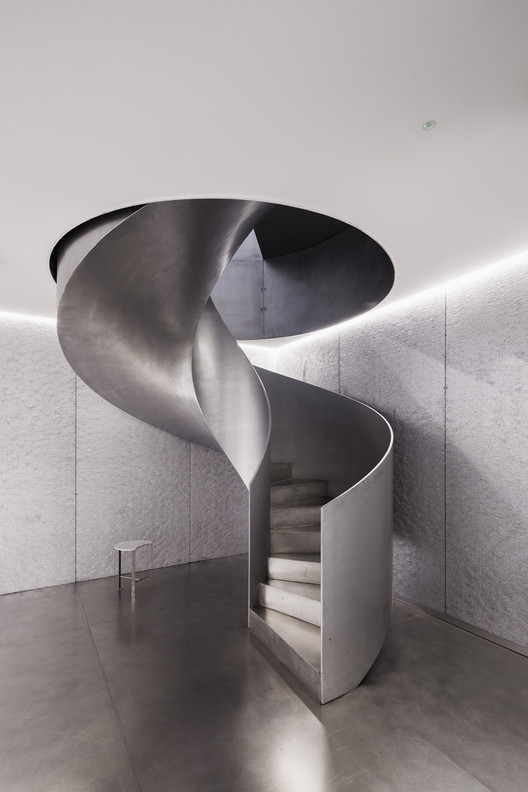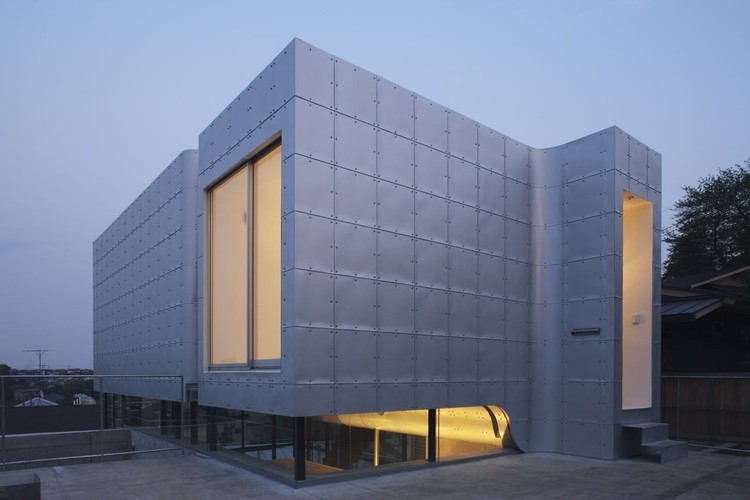
Shortly before the First World War, Harry Brearley (1871-1948), who had been working as a metalworker since he was 12 years old, developed the first stainless steel. Seeking to solve the problem of wear on the inner walls of British army weapons, he ended up obtaining a corrosion resistant metal alloy, and added chrome to the cast iron. The invention found applications in almost all industrial sectors including for the production of cutlery, health equipment, kitchens, automotive parts, and more, replacing traditional materials such as carbon steel, copper, and even aluminum. In civil construction, this was no different, and stainless steel was soon incorporated into buildings.

During the 30s, the American economy was prospering and there was fierce competition for the construction of the largest skyscraper in the world. The dispute between the Chrysler Building and the Empire State Building was marked by huge financial contributions and changes in the project during the work to reach the highest possible height. Both utilize stainless steel and highlight this technological material, which at the time was very new. In fact, until recently, stainless steel was reserved for very exclusive applications, due to its high cost. Today, it is still considered an expensive material, but it is much more accessible in architecture and construction, whether for mechanical or aesthetic purposes.
Available on the market in sheets, coils, tubes, and bars, stainless steel has a number of interesting features for civil construction. In addition to the aforementioned resistance to corrosion, its appearance pleases many, evoking a sense modernity and sobriety. It can have a matte or shiny finish, or gradations between both, and may be finished with different colors.

Stainless steel also has a low surface roughness, which makes it easy to clean and maintain. In fact, it is said that the crown of the Chrysler Building has only been cleaned 3 times since its construction. Therefore, stainless steel is highly recommended for control environments such as laboratories and industrial kitchens. As its surface is not porous, bacteria and viruses do not penetrate stainless steel, nor do they stain. Simple cleaning, even with aggressive chemicals, sanitizes stainless steel materials without affecting their surface. Another striking feature is that stainless steel structures are extremely resistant, with high ductility and good strength against tensile and compressive stresses, with resistance similar or even superior to common steel alloys. Due to its high resistance, this allows for the use of sheets with minimum thicknesses, reducing the total weight of the structure without compromising its technical characteristics.

Whether it is for façade panels, sculptures, curtain wall structures, kitchen countertops, or decorative elements, stainless steel is also a highly recommended material for places subject to bad weather, due to its high durability. In addition, at the end of its useful life, it is a material that can be completely recycled.


Because of its aesthetic and functional aspects, stainless steel is a highly effective material for architectural projects. Even if it requires a higher initial investment during construction, it may allow for future savings due to its high durability and low maintenance needs.
See, in this folder, a variety of projects that use stainless steel in different contexts.








